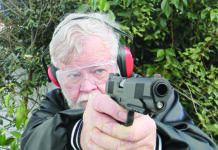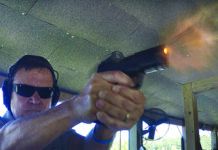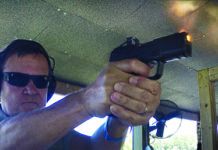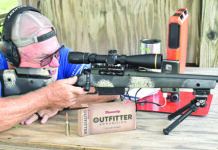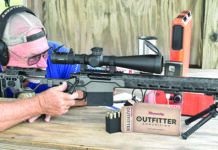It should come as no surprise to U.S. gunowners that much-ballyhooed gun-control efforts in Canada have failed to control crime since a new gun-registration program was started. Also, the registration programs costs have gone beyond the $1-billion mark, or more than 500 times what was originally earmarked.
As a measure of registrations failure, the Canadian government recently admitted it could not identify a single violent crime that had been solved through registration. But rather than scrapping the measure, some Canadian politicians may want to travel southward into the United States and impose the scheme here! This radical solution advocates going across the border to the U.S. and actively engaging in lobbying to have gun-control laws in the U.S. strengthened.
Such a nonsensical solution actually has plenty of U.S.-based precedents. In the United States, gun-control groups now claim that the 1994 Brady Act implementing background checks and assault-weapon bans failed to reduce crime only because they didnt go far enough; and that city bans on handguns in Chicago and Washington, D.C., failed only because other jurisdictions didnt follow suit.
The same logic applies overseas: With violent crime and gun crime soaring in the United Kingdom, where handguns are already banned, the British government is banning imitation guns. And in Australia, state governments are banning ceremonial swords.
Yet, the laws in Australia, Britain and Canada were adopted under what gun-control advocates would argue were ideal conditions. All three countries adopted laws that applied to the entire country. Australia and Britain are surrounded by water, and thus do not have the easy smuggling problem that Canada claims with regard to the United States.
Crime did not fall in England after handguns were banned in 1997. Quite the contrary, crime rose sharply. In May, the British government reported that gun crime in England and Wales nearly doubled in the last four years. The violent crime rate in England is now double that in the United States. Australia saw its violent crime rates soar after its 1996 gun control measures banned most firearms.
In contrast, the United States took the opposite approach and made it easier for individuals to carry guns. Thirty-seven of the 50 states now have right-to-carry laws that let law-abiding adults carry concealed handguns once they pass a criminal background check. Violent crime in the United States has fallen much faster than in Canada, and violent crime has fallen even faster in right-to-carry states than for the nation as a whole. The states with the fastest growth in gun ownership have also experienced the biggest drops in violent crime rates.
-Todd Woodard



